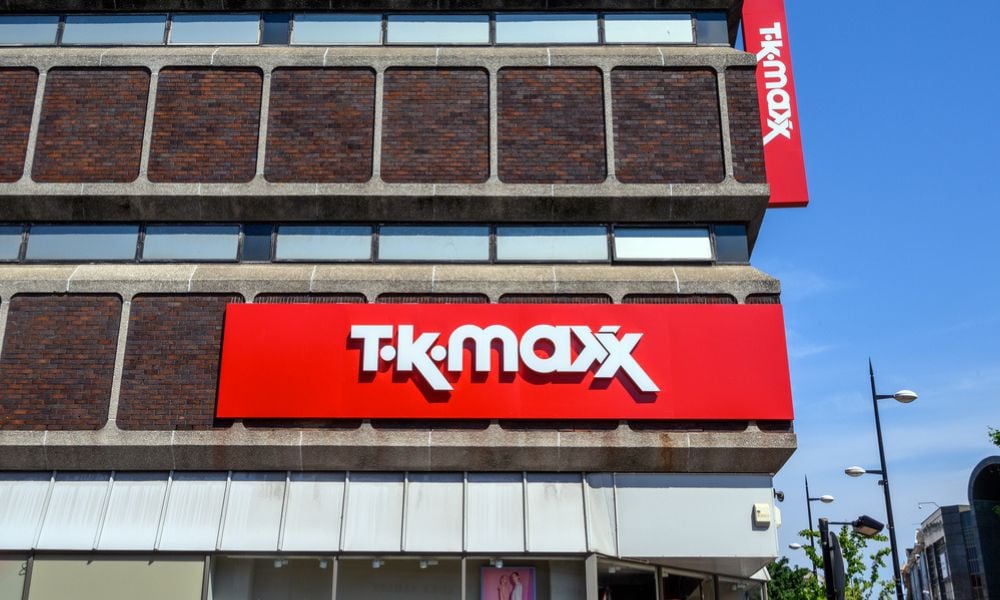NINETY PER CENT of businesses do not consider the cultural impact of a company merger or acquisition, with most sealing the deal based solely on financial analysis, according to global business coaching firm, Shirlaws
NINETY PER CENT of businesses do not consider the cultural impact of a company merger or acquisition, with most sealing the deal based solely on financial analysis, according to global business coaching firm, Shirlaws.
Significant proportions of mergers and acquisitions fail to live up to the hype of what’s presented to them on paper because they neglect to focus on the people side of merging. This is of particular concern to the professional services industry, according to Shirlaws, where people are the cornerstone of their business offering.
“Businesses can’t afford to get it wrong. Just as financial due diligence is undertaken prior to a merger or acquisition, businesses must also focus their energy on cultural due diligence. A unified cultural vision is key to the unification of two companies and ultimately, staff retention,” said Jeff Herrick, CEO of Shirlaws.
There are many steps a business can take to ensure the successful cultural integration of two companies, but the first step is to identify the culture of each.
“Problems occur when companies fail to identify the differences – or gaps – in the value sets of staff. Consider for example, that one group of employees has come from a culture of support and the other has thrived on a competitive culture. Or, one group is significantly older than the other. These differences need to be addressed by management and handled with care,” said Herrick.
“If you think of merging like you think of dating, you’ll understand the seriousness of getting culture right. If the first date is successful, you would likely opt for a second date to try and learn more about your potential new partner before you decide to pursue a relationship,” said Herrick.
“In business this doesn’t happen enough. Managers too often look at a spreadsheet and decide everything fits. They ‘marry’ their business with another without a second date and without full consideration for where their people might fit into the equation.”
Moving beyond the mechanics
One of the main reasons why more than half of all mergers and acquisitions fail to create shareholder value is that acquirers tend to treat post-merger integration as a mechanical process that occurs after the deal is done, a Boston Consulting Group report has found.
"Although a post-merger integration has to be systematically and rigorously controlled at the implementation stage, it is the strategic and tactical choices that are made before the deal is legally closed - and often before the bid has even been made - that ultimately determine whether the integration will succeed or fail," the report said.
The report highlights several make-or-break decisions and steps that need to be taken in advance. One of the most critical is establishing the 'strategic pulse' of the integration.
"Different types of M&A require different approaches," said Peter Strüven, one of the authors and a senior partner and managing director of BCG's Munich office.
"In a consolidation merger, for example, integration has to be rapid and top-down with an aggressive timeline. If the lion's share of the cost synergies are not realised within 12 to 24 months, the integration is unlikely to succeed. Growth mergers require a more gradual, arm's-length approach, with the target treated much more as an equal."








